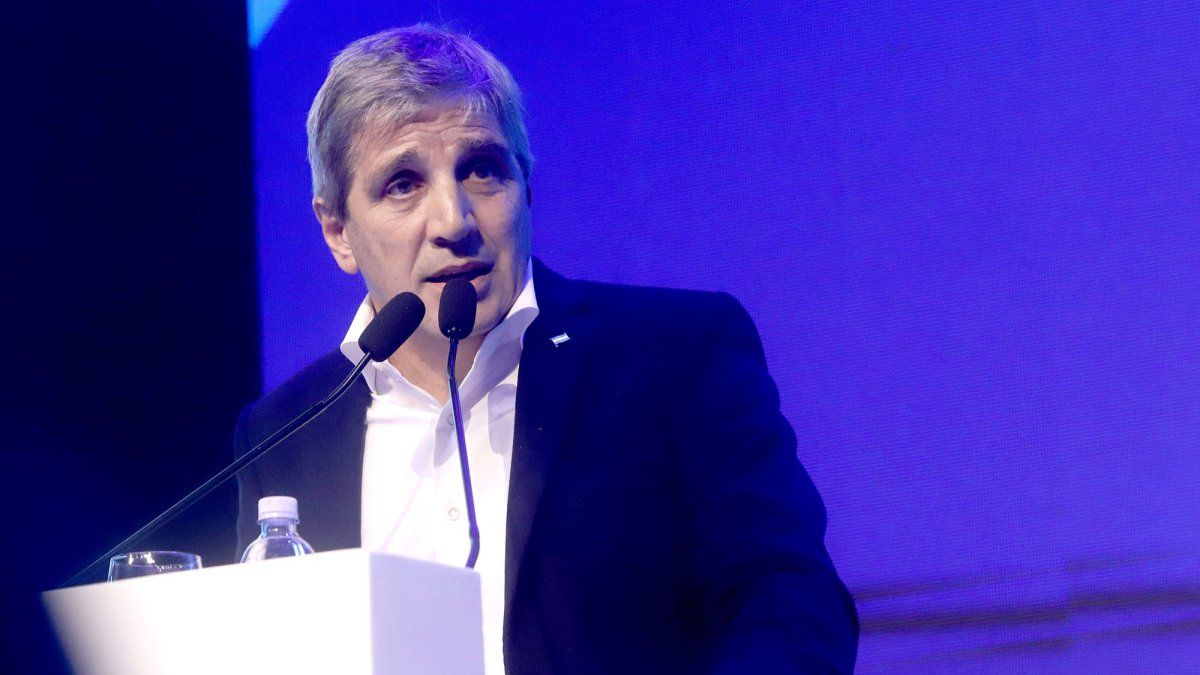In televised statements, the president stated that, after having “the fiscal tap has been closed”, The Central Bank’s remunerated liabilities, i.e. the quasi-fiscal deficit, are being eliminated. He said that this imbalance “represented ten points of GDP; we have already reduced it to one.” He added that “The idea is that the broad and simple monetary bases become more similar every day, until the remunerated ones disappear”.
The head of state also ratified his idea about dollarization. He maintained that once “the entire disaster” left by the previous administration in the Central Bank is fixed, it will be entered into “a regime of currency competition and with an anti-bullfight financial system, only then can you advance to dollarization”.
“The President of the Nation has already said it, our monetary regime will be at some point that of the full liberalisation of the choice of currency where everyone can effectively choose in which currency they want to trade, transact, buy, sell and manage their daily activities,” said the spokesman. Manuel Adorni on this Friday morning.
The approval in Parliament of the projects of the Executive Branch, meanwhile, were well received by the International Monetary Fund. “DWe welcome the approval by Congress of key fiscal and structural legislation, as well as measures to strengthen the monetary policy framework. These are aimed at improving the quality of fiscal consolidation, further reducing inflation and supporting economic recovery.“, the organization’s spokesperson stated on social networks, Julie Kozack.
President Javier Milei In recent days, he held meetings with his collaborators in the economic area, led by the head of the Treasury Palace, Luis Caputowith the purpose of “outline the next steps of the program” in progress.
It should be remembered that, in accordance with what was agreed with the International Monetary Fund, it is expected that The Argentine authorities will present to the multilateral organization, at the end of this month, a monetary programming framework.
According to official information, according to a joint statement from the Ministry of Economy and the Central Bank on June 15, “The BCRA will continue to conduct monetary policy in a flexible, prudent and pragmatic manner.”
The purpose of the definitions that will be known regarding monetary programming is “to contribute to further reduce uncertainty by providing more information about the projected behavior of monetary variables consistent with the continuity of the macroeconomic stabilization process,” as stated in that statement.
Trust
The intention of economic driving is continue to gain “trust” of the economic operators, strictly maintaining the basis of the program consisting of completely closing the monetary issue aimed at financing the deficit.
In this regard, this media was able to learn that officials from the Ministry of Economy and IMF technicians continue to maintain numerous meetings.
The Government must “refine monetary and exchange rate policy frameworks and communication to firmly entrench the disinflation process, further improve reserve coverage and support the transition to a new regime of “monetary competition”, as noted in the latest IMF report on the country.
The organization understands that “this must be complemented with a well-calibrated easing of capital flow regulation measures, with an early elimination of the most distorting multiple exchange rates and foreign exchange restrictions, as well as reforms to create a more market-oriented economy that supports a rebound in activity and boosts Argentina’s growth potential.”
Specifically, it establishes that, by the end of July, the Argentine authorities must present to the Fund a plan for the gradual relaxation of exchange controls.
Thus, the agreement with the IMF contemplates that “monetary and exchange policies will evolve in the transition towards a new monetary regime that will imply “currency competition”.
Source: Ambito




